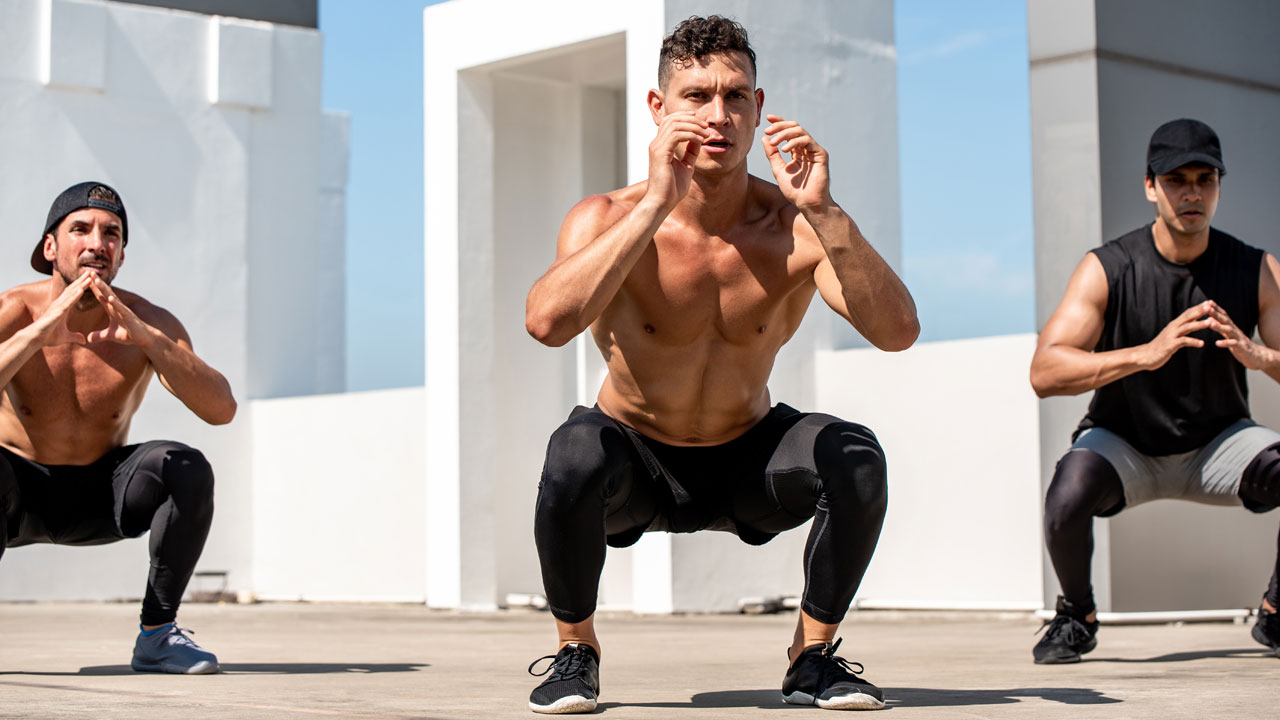What Type of Exercise Is Best to Start a Child Off With?

Hey Angels and Alphas,
Introducing children to exercise at a young age is crucial for fostering a lifelong love of physical activity, promoting healthy growth and development, and preventing childhood obesity.
However, selecting the right type of exercise for a child can be challenging for parents and caregivers.
Here are some key considerations and recommendations for the best types of exercise to start a child off with.
Let’s get right into it!
1. Age-Appropriate Activities
Children’s exercise needs and capabilities vary significantly by age. Ensuring that activities are age-appropriate is essential for safety and enjoyment.
- Toddlers (1-3 years): At this stage, exercise should focus on basic motor skills. Activities such as walking, running, jumping, and playing with balls help toddlers develop coordination and balance. Simple games like the age-old “Simon Says” or obstacle courses using household items can be both fun and beneficial.
- Preschoolers (3-5 years): Preschoolers benefit from activities that enhance their motor skills and encourage imagination. Playful exercises like dancing, playing tag, and riding tricycles are ideal. Structured activities, like swimming lessons or gymnastics, can also be introduced, focusing on fun rather than competition.
- School-Aged Children (6-12 years): This age group can handle more complex activities that require strategy and teamwork. Sports such as soccer, basketball, or martial arts are excellent choices. Children should also be encouraged to participate in physical education classes at school and engage in free play with friends.
2. Encouraging Enjoyment and Variety
The most effective way to instill a love of exercise is by making it enjoyable. Children are more likely to stick with activities that they find fun. Here are some tips to keep exercise engaging:
- Variety: Mixing different types of activities prevents boredom and keeps children engaged. Combining sports, recreational activities, and family fitness can create a well-rounded exercise routine.
- Family Involvement: Exercising as a family not only promotes physical health but also strengthens family bonds. Activities like hiking, biking, or playing catch can be enjoyable for all family members.
- Positive Reinforcement: Praise and encouragement can motivate children to stay active. Celebrate their efforts and achievements, no matter how small.
3. Focusing on Skill Development and Confidence
Building confidence through skill development is crucial. Children should be encouraged to develop their abilities at their own pace without the pressure of competition.
- Non-Competitive Sports: Activities like swimming, cycling, or yoga can help children focus on personal progress rather than comparing themselves to others.
- Skill-Building Classes: Enrolling children in classes that teach foundational skills, such as swimming or martial arts, can boost their confidence and competence in physical activities.
4. Ensuring Safety and Proper Equipment
Safety is paramount when introducing children to exercise. Proper supervision, appropriate equipment, and safe environments are essential to prevent injuries.
- Supervision: Always supervise young children during physical activities to ensure they are safe and following the rules.
- Proper Gear: Ensure that children use appropriate equipment for their chosen activities, such as helmets for biking and properly fitting shoes for running or sports.
- Safe Environment: Choose safe, well-maintained environments for exercise, such as parks, playgrounds, or sports facilities.
5. Incorporating Play and Creativity
Children naturally learn and develop through play. Incorporating creative and playful elements into exercise can make it more enjoyable and less like a chore.
Creative Games: Games that involve physical activity, such as scavenger hunts, relay races, or dance parties, can be both fun and effective forms of exercise.
Imaginative Play: Encourage activities that allow children to use their imagination, such as pretending to be animals, superheroes, or explorers during physical play.
Bringing it all together…
Starting children off with the right type of exercise involves considering their age, interests, and developmental needs.
The goal is to make physical activity enjoyable, varied, and safe, fostering a positive attitude toward fitness that can last a lifetime.
By focusing on age-appropriate activities, encouraging enjoyment and variety, building confidence, ensuring safety, and incorporating play, parents and caregivers can help children develop healthy exercise habits early on.





